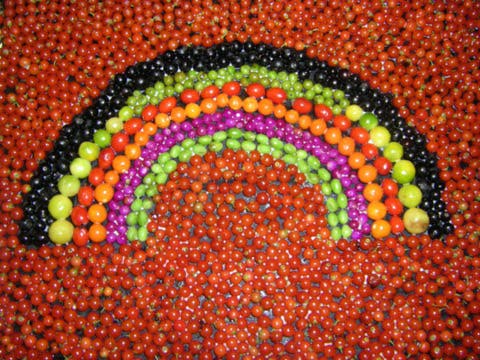Fruits and vegetables – they’re tasty and they’re healthy… but do you know what they really are? Hank Green, which we know for developing EcoGeek, explained on Youtube why some things are fruits, some things are vegetables, and some things are neither. Prepare to have your mind blown:
We generally consider vegetables as a side dish or a part of a salad, while fruits are seen as sweet foods for snacks and deserts, but in reality, things are much different. The term “vegetable” is somewhat arbitrary, and largely defined through culinary and cultural tradition, but in its strict sense, a vegetable is anything that is the root, stem or leaf of a plant. This means that while many of us would call rhubarb a fruit because it’s used like one, but technically, it’s a vegetable. This also means that things like corn, zucchini or spring beans are actually fruits – and not vegetables, as we generally call them.
Which brings us to the next step: what’s a fruit? Well, here’s where it gets kind of weird: fruits are ovaries of a flowering plant that develops after its seeds are fertilized (or sometimes even without fertilization). This makes everything even stranger; for example, you’d think that by these definitions, broccoli and cauliflower are fruits, but they’re not – because they haven’t yet opened their flower buds. But let’s get even deeper: what’s a berry?

The botanical definition of a berry is a fleshy fruit produced from a single flower and containing one ovary. Grapes and bananas are two common examples, while strawberries, despite their name… are not berries. Actually, strawberries are not even fruits, they’re a very particular thing in botany. The red fleshy part that we call a strawberry is actually just nutritive tissue, and what we call the ‘seeds’ of the strawberry are actually the fruits. The tomato is also a berry.






